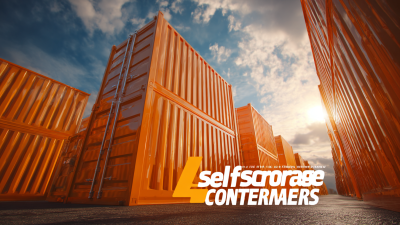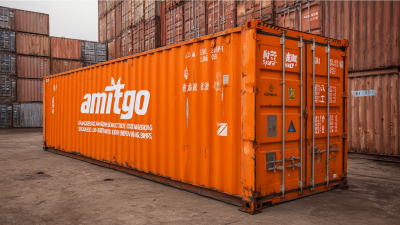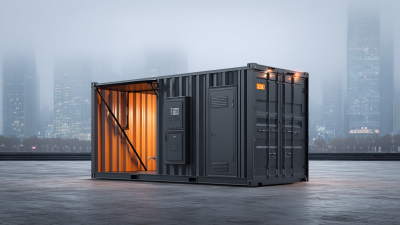In an era where urban living is constantly evolving, the emergence of portable containers is reshaping our approach to city life and sustainability. These innovative structures not only offer flexible and efficient solutions for housing and workspaces but also challenge conventional ideas of urban development. By harnessing the potential of portable containers, we can address pressing issues such as space scarcity, environmental impact, and community engagement. This article delves into the various applications of portable containers in urban settings, illustrating how they serve as a catalyst for change by promoting sustainable practices and enhancing the quality of life in densely populated areas.

As we explore the myriad ways in which these containers are revolutionizing our cities, we will uncover their role in creating resilient, adaptive, and eco-friendly urban landscapes for the future.
As urban populations continue to swell, cities are grappling with pressing space constraints. Portable containers have emerged as a dynamic solution, transforming how we think about urban living. According to the World Bank, by 2030, nearly 60% of the global population will reside in urban areas, intensifying the demand for innovative living spaces. Portable containers not only provide efficient use of limited land but also promote sustainability, as they can be repurposed and adapted for various uses, from homes to offices.
Incorporating portable containers into urban environments offers multiple advantages. A report from the United Nations predicts that modular and mobile structures can reduce construction waste by up to 25%. This aligns with the growing trend towards sustainable architecture, which increasingly favors eco-friendly materials and designs. By embracing the container lifestyle, cities can address housing shortages while minimizing their carbon footprint.
Tips for Using Portable Containers in Urban Living:
1. Maximize Space: Consider multi-functional layouts that combine living, working, or recreational areas within a single container.
2. Opt for Eco-Friendly Materials: When customizing, select sustainable materials that enhance insulation and energy efficiency.
3. Engage with the Community: Collaborate with local authorities to find zoning solutions that support the integration of portable containers into urban landscapes.
The rise of portable containers as a sustainable living solution is no longer a trend but a transformative movement within urban spaces. According to a report by the U.S. Department of Housing and Urban Development, the demand for affordable housing has increased by over 30% in the past decade, driving innovation in construction methods. Portable containers, with their modular design and eco-friendly features, are answering this challenge effectively. These containers use approximately 80% less material than traditional construction, significantly reducing the carbon footprint associated with building new homes.
Moreover, the versatility of portable containers is reshaping urban landscapes. Research from the World Economic Forum highlights that cities with a focus on sustainable development are projected to grow by 50% in the next 20 years. Portable containers fit seamlessly into this vision; they can be adapted into various configurations, from single-family homes to multi-unit dwellings, accommodating a wide range of urban needs. This innovative design not only maximizes space efficiency but also promotes community-oriented living, aligning with the growing trend of shared urban environments that prioritize sustainability and connectivity.
| Dimension | Description | Impact | Example |
|---|---|---|---|
| Space Efficiency | Portable containers maximize limited urban space for living or working. | Increased availability of compact living solutions. | Repurposed shipping containers as studios or homes. |
| Sustainability | Utilizes recycled materials reducing environmental impact. | Promotes eco-friendly urban development. | Container homes with solar panels and green roofs. |
| Mobility | Easy to relocate allows flexibility in urban planning. | Facilitates adaptable living and workspace designs. | Mobile offices for businesses on the go. |
| Affordability | Lower costs compared to traditional construction methods. | Increases access to affordable housing options. | Container villages for low-income families. |
| Design Versatility | Can be customized to suit various living or business needs. | Encourages creativity in urban design. | Art spaces, cafes or micro-offices in repurposed containers. |
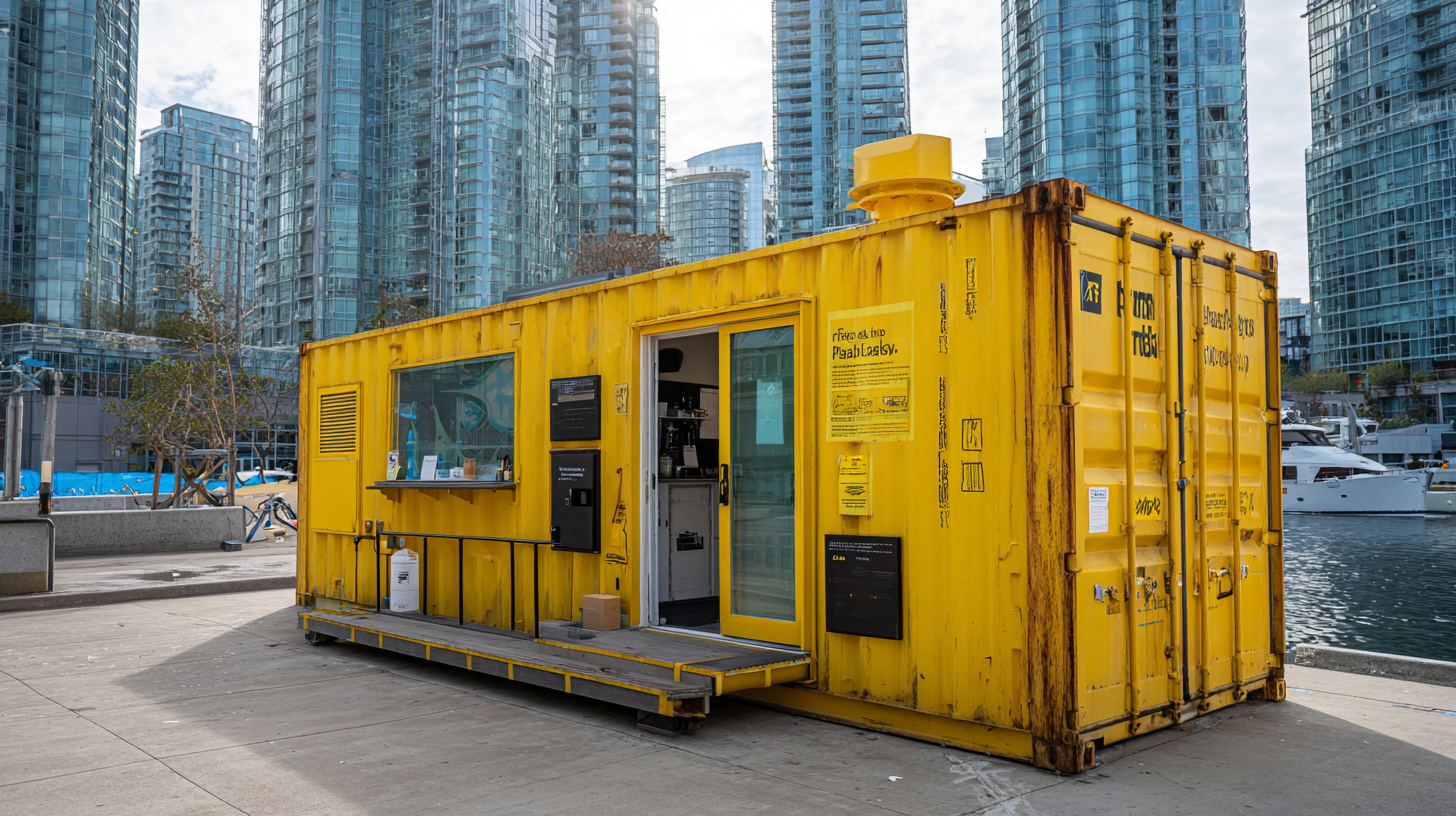 The integration of smart technology in portable container solutions is set to redefine urban living, creating a sustainable and efficient environment. As urban populations continue to grow, the demand for innovative housing solutions is ever-increasing. The dual oven tray and container market demonstrates this trend with a projected value of $1.69553 billion in 2024, expected to rise to $2.27269 billion by 2032, showcasing a compound annual growth rate of 3.73%. This growth reflects the increasing interest in versatile container designs capable of meeting diverse urban needs.
The integration of smart technology in portable container solutions is set to redefine urban living, creating a sustainable and efficient environment. As urban populations continue to grow, the demand for innovative housing solutions is ever-increasing. The dual oven tray and container market demonstrates this trend with a projected value of $1.69553 billion in 2024, expected to rise to $2.27269 billion by 2032, showcasing a compound annual growth rate of 3.73%. This growth reflects the increasing interest in versatile container designs capable of meeting diverse urban needs.
The Internet of Things (IoT) plays a crucial role in developing smart cities, enabling seamless communication between billions of connected devices. By employing IoT technology, urban centers can monitor and manage resources efficiently, enhancing the quality of life for residents. Initiatives such as smart urban frameworks leverage data analytics and real-time communication, allowing cities to respond dynamically to the needs of their residents. This convergence of portable container solutions and smart technology not only promotes sustainability but also paves the way for innovative urban lifestyles, making cities smarter and more adaptive.
The rise of portable container living is garnering attention not only for its innovative architectural appeal but also for its significant sustainability advantages.
According to the United Nations, buildings and construction accounts for over 36% of global energy use and approximately 39% of carbon emissions.
Portable containers, when repurposed as living spaces, minimize waste by utilizing existing materials, effectively contributing to a circular economy.
A report by the Green Building Council indicated that a conventional home’s construction can generate around 8,000 pounds of waste, whereas upcycled containers reduce this figure considerably by decreasing the demand for new raw materials.
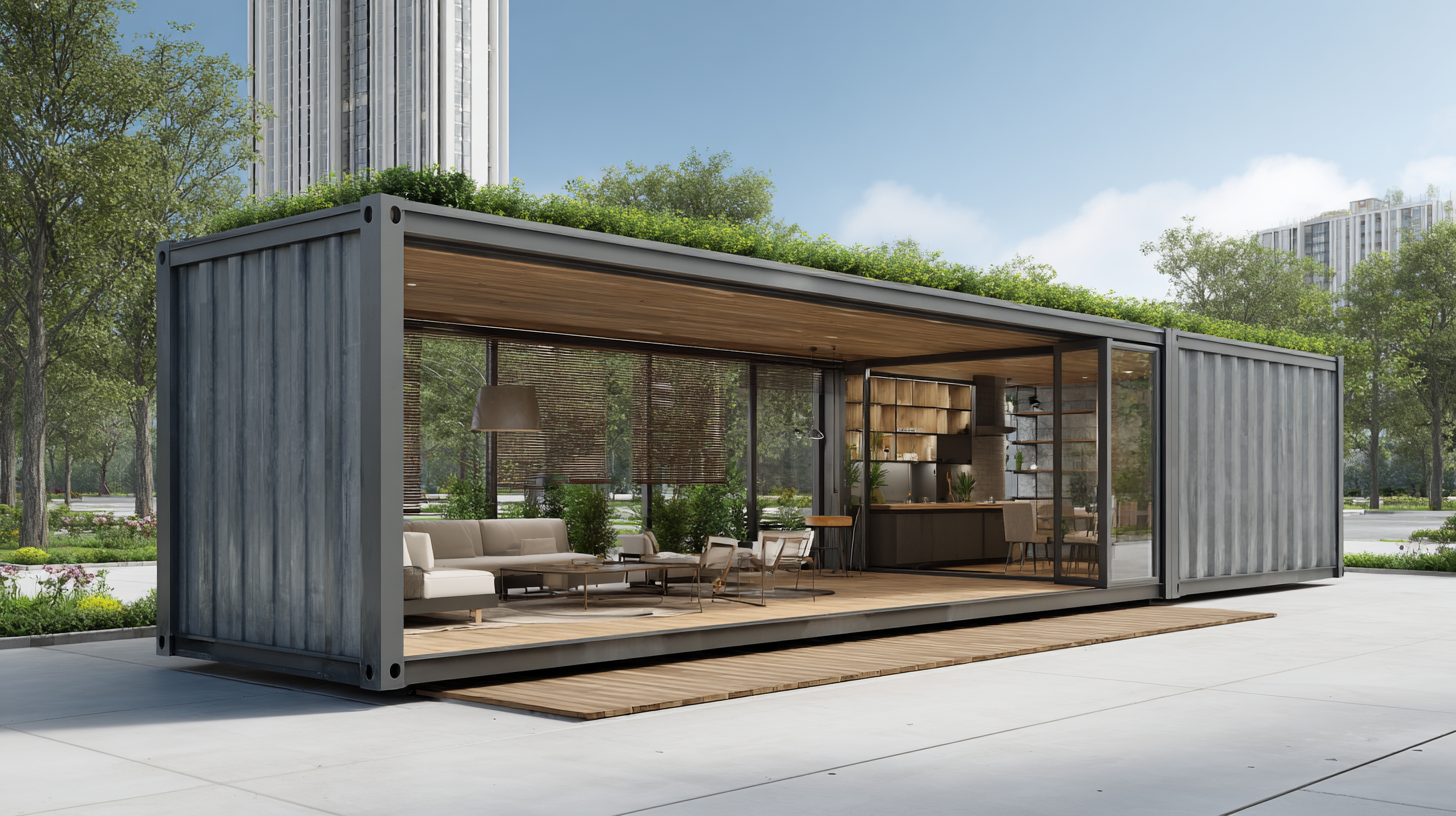
Moreover, portable containers can be designed with energy efficiency in mind, incorporating features such as solar panels and green roofs. The U.S. Department of Energy states that homes equipped with solar technologies can reduce electricity bills by as much as 50%. When urban areas become increasingly dense, portable container homes present a practical solution; they not only optimize land use but also promote a lower environmental footprint. By breaking free from traditional building methods, portable container living offers a pathway to sustainable urbanization, supporting a future where eco-conscious living is within reach for more urban dwellers.
The integration of portable containers into urban environments is more than just a design trend; it's a catalyst for community dynamics. Research shows that cities incorporating modular container spaces have seen a 30% increase in community engagement activities. These versatile structures provide an opportunity for diverse groups to collaborate, whether it's hosting art exhibitions, pop-up markets, or communal gatherings, fostering a sense of belonging among residents. Studies from the Urban Land Institute indicate that such initiatives can significantly reduce social isolation, which is increasingly crucial in our fast-paced urban lives.
Tips for maximizing the impact of container spaces in your community include:
1. **Engage Local Artists and Entrepreneurs**: Partner with local talents to create unique events that showcase the community's creative spirit. This not only draws in foot traffic but also nurtures local economies.
2. **Promote Sustainability Practices**: Encourage the use of eco-friendly materials and renewable energy solutions within container developments. This positions them not only as functional spaces but as beacons of sustainability.
3. **Organize Collaborative Events**: Implement structured regular events that invite different community members to participate and contribute, promoting inclusivity and fostering collaborations across varied demographics.
By prioritizing these elements, cities can harness the full potential of portable containers, ensuring they play a pivotal role in enhancing urban cohesion and collaboration.


